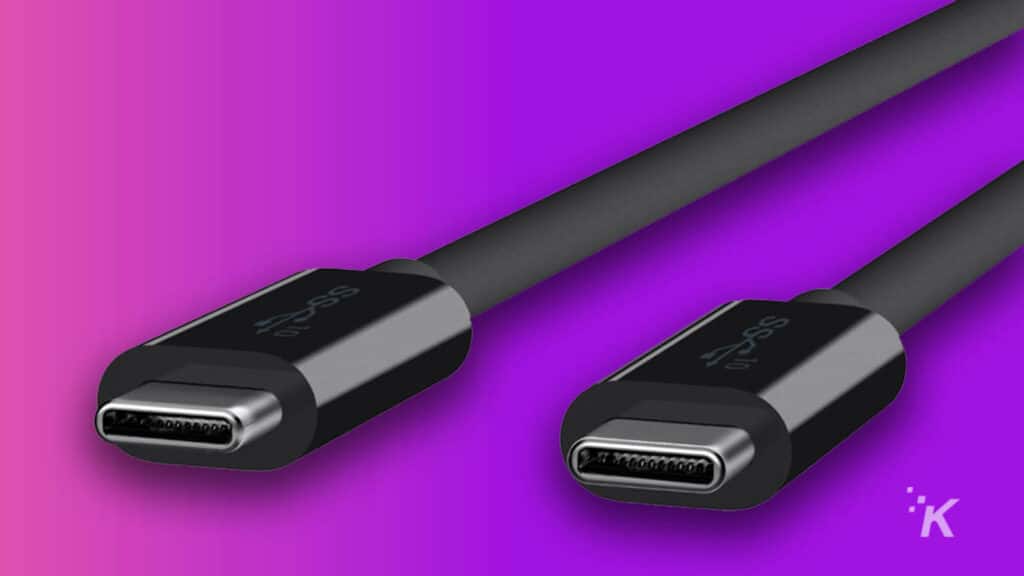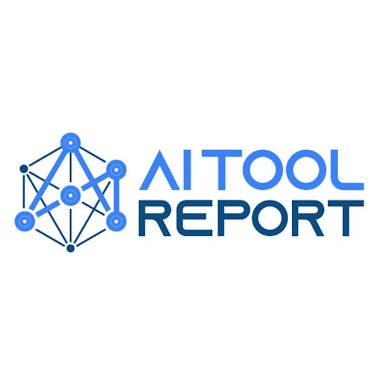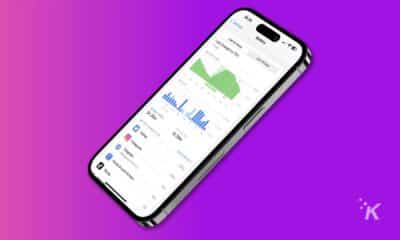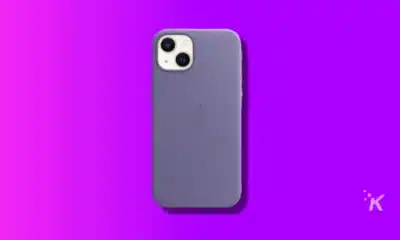Apple
The iPhone 15 Pro Max could get USB 3.2 – here’s why that matters
A new report states that Apple’s upcoming iPhone 15 Pro and Pro Max will use USB 3.2.

The next iPhone generation will use USB-C. Thank the European Commission for bringing the Lighting port to its long-overdue conclusion.
But not every iPhone will be equal, reports mobile analyst Ming-Chi Kuo.
Ming-Chi, a well-connected analyst with a solid track record for predicting Apple’s future moves, claims the company will limit the fastest USB data transfer speeds for its priciest devices.
While the iPhone 15 Pro Max and iPhone 15 Pro will benefit from USB 3.2 (or possibly even Thunderbolt), the entry-level iPhone 15 will use the same aging USB 2.0 protocol as previous Lightning-based models.
If this prediction proves accurate, the base iPhone 15 will have the same lethargic data and video transfer speeds as previous models.
Why high-speed transfer matters

There are likely a few reasons for this. First, by limiting the standard iPhone 15, Apple incentivizes customers to spend more on the Pro and Pro Max models.
I hear you. Why would iPhone customers care about slightly faster data transfer speeds? It’s a fair question.
The most likely answer is that USB 3.2 would allow Apple to position the iPhone as a computer replacement, much like the iPad.
Users could theoretically connect their device to a hub and use it with a traditional desktop and monitor.
USB 3.2 supports throughput speeds of 20Gbps. This is more than enough to connect two 4K monitors, plus the other peripherals required for desktop computing, like a mouse and keyboard.
By contrast, USB 2.0 has a maximum theoretical throughput of 53Mbps. You can attach a single 1080×1920 monitor, and possibly some peripherals, but not much else.
The other likely reason behind Apple potentially limiting USB 3.2 (or Thunderbolt) to its more expensive devices is cost. USB 3.2 requires dedicated chipsets to work. These cost more than older, slower USB 2.0 controllers.
Some important context
Ming-Chi has a solid track record when it comes to predicting Apple’s future. While I take everything he says with a pinch of salt (chased by a shot of healthy skepticism), I don’t dismiss him, either.
USB 3.2 has the potential to transform the iPhone into something bigger. Apple wouldn’t be the first mobile manufacturer to bring a desktop experience to their phone.
Samsung, Motorola, and Huawei all have attempted similar things. But it would be the first to actually popularize it.
And it makes sense that Apple would limit that for its most premium models.
Have any thoughts on this? Carry the discussion over to our Twitter or Facebook.
Editors’ Recommendations:
- PSA: Apple has cut trade-in values for iPhones, iPads, and MacBooks
- Apple’s emergency SOS feature is now live
- Google Maps now shows the fastest EV charging stations
- The Meta Quest 3 will release in late 2023

































